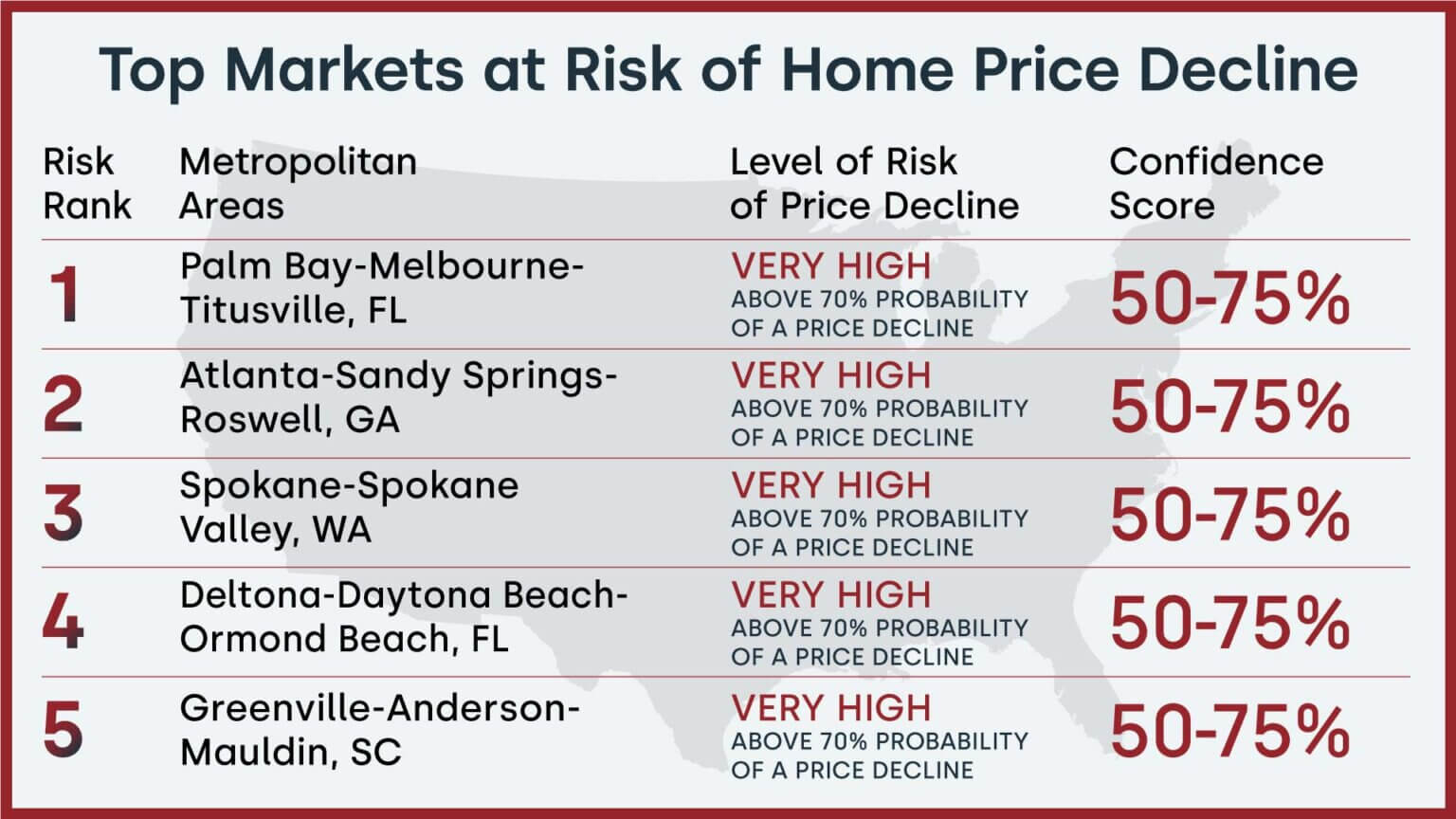While headlines might paint a picture of a looming crash, a closer look at the data reveals a housing market more likely to experience a slowdown than a dramatic collapse. Let's delve into the key factors that suggest stability rather than a freefall in 2025.
Why a 2008-Style Housing Market Crash is Unlikely in 2025?
The most critical factor mitigating a crash is the stark contrast in inventory levels between 2008 and today. In the lead-up to the 2008 crisis, a glut of foreclosed properties flooded the market, creating a buyer's paradise and driving prices down. The National Association of Realtors (NAR) reports a national inventory of 3.8 months of supply in November 2024 [NAR], a far cry from the excessive supply that fueled the previous crash.
Imagine a scenario with ten eager homebuyers chasing only two available houses. Bidding wars naturally erupt, pushing prices upwards. This simple principle of supply and demand is precisely why a crash, fueled by an abundance of for-sale homes, is unlikely in 2025.
Data Spotlight: Inventory Levels
- March 2024: 4.3 months of national housing supply (NAR)
- Pre-2008 Crash: A significant surplus of foreclosed homes flooded the market
Guarding the Gates: Stricter Mortgage Lending
Another crucial safeguard against a crash is the significant tightening of mortgage lending standards since 2008. Reckless subprime lending practices, where unqualified borrowers received mortgages they couldn't afford, were a major catalyst for the previous crisis. Today, lenders have significantly stricter credit score requirements and often demand larger down payments.
The Federal Housing Finance Agency (FHFA) reports that the average credit score for a conventional mortgage in 2023 was 740, a substantial increase from the pre-crash era [FHFA]. This stricter vetting process ensures that homebuyers are financially prepared for homeownership, reducing the risk of mass defaults that could trigger a market collapse.
Data Spotlight: Mortgage Lending Standards
- Pre-2008 Crash: Subprime lending practices were widespread.
- 2023: The average credit score for a conventional mortgage is 740 (FHFA).
The Demographic Engine: Millennials Fuel Demand
Millennials, the largest generation in American history, are now entering their prime homebuying years. According to a report by Freddie Mac, 41% of millennials expect to buy a home in the next two years [Freddie Mac]. This surge in demand, coupled with the limited housing supply, will continue to exert upward pressure on prices. Even with rising interest rates, the sheer number of millennials seeking homeownership will act as a buffer against a significant price decline.
Data Spotlight: Millennial Homeownership
- 41% of Millennials: Expect to buy a home in the next two years (Freddie Mac)
Location, Location, Location: A Market of Many Markets
It's important to remember that the national housing market is an umbrella term encompassing numerous regional markets, each with its own dynamics. While some areas, particularly those with stagnant job growth or overinflated housing bubbles, might experience a cooling-off period, a nationwide crash is highly improbable.
Regions with robust job markets, limited housing stock, and desirable locations are likely to see continued price stability, if not growth. For instance, Austin, Texas, with its booming tech industry and limited housing development, is expected to see continued price appreciation despite a national slowdown [MarketWatch]. So, while the national narrative might be one of caution, a closer look at your specific local market can provide a more accurate picture.
Navigating the 2025 Housing Market: Tips for Homebuyers
While the chances of a 2008-style crash are low, the current market does require a more cautious and informed approach from potential homeowners. Here are some key tips to navigate the 2024 housing market:
- Embrace Patience: With low inventory and high competition, finding your dream home might take longer than expected. Be prepared to be flexible on your timeline and open to considering different neighborhoods or property types.
- Get Pre-Approved: Don't waste time house hunting without a pre-approval letter from a lender. Knowing your budget upfront strengthens your offer and demonstrates seriousness to sellers.
- Work with a Local Realtor: A knowledgeable realtor can provide invaluable insights into your specific market, including price trends, negotiation strategies, and local considerations.
- Focus on Long-Term Value: Don't get caught up in bidding wars over every available property. prioritize homes with strong long-term value, such as good school districts or desirable locations that will retain their worth.
- Consider All Costs: Factor in not just the mortgage payment, but also property taxes, homeowners insurance, and potential maintenance costs when determining affordability.
Beyond the Headlines: A Time for Opportunity
While some may view the current market with trepidation, it's important to acknowledge the potential opportunities. Here are a few reasons why buying in 2024 might still be a wise decision:
- Historically Low Interest Rates (Compared to Past Decades): While interest rates have risen from recent lows, they are still historically low compared to past decades. This translates to lower monthly mortgage payments compared to what buyers faced in previous eras.
- Long-Term Investment: Historically, real estate has proven to be a sound long-term investment. Owning a home allows you to build equity and provides a hedge against inflation.
- Stability in a Volatile World: In an era of economic uncertainty, homeownership can provide a sense of stability and security.
The Bottom Line: Knowledge is Power
The housing market is likely to be a period of adjustment, not a crash. By understanding the key factors at play, conducting thorough research, and working with qualified professionals, prospective homebuyers can navigate the current environment and make informed decisions. Remember, buying a home is a significant financial commitment, but with the right approach, it can be a rewarding investment in your future.
Recommended Read:
- Housing Market Crash: 5 Risky Markets to Avoid in 2025
- 3 BIG Cities Facing High Housing BUBBLE Risk: Crash Alert?
- Will Fed's Policy Lead to a Crash in the Housing Market?
- Will Housing Be Cheaper if the Market Crashes in 2025?
- Will the Next HOUSING CRASH Be WORSE Than 2008?
- Housing Market Crash 2008 Explained: Causes and Effects
- 2008 Forecaster Warns: Housing Market 2024 Needs This to Survive












